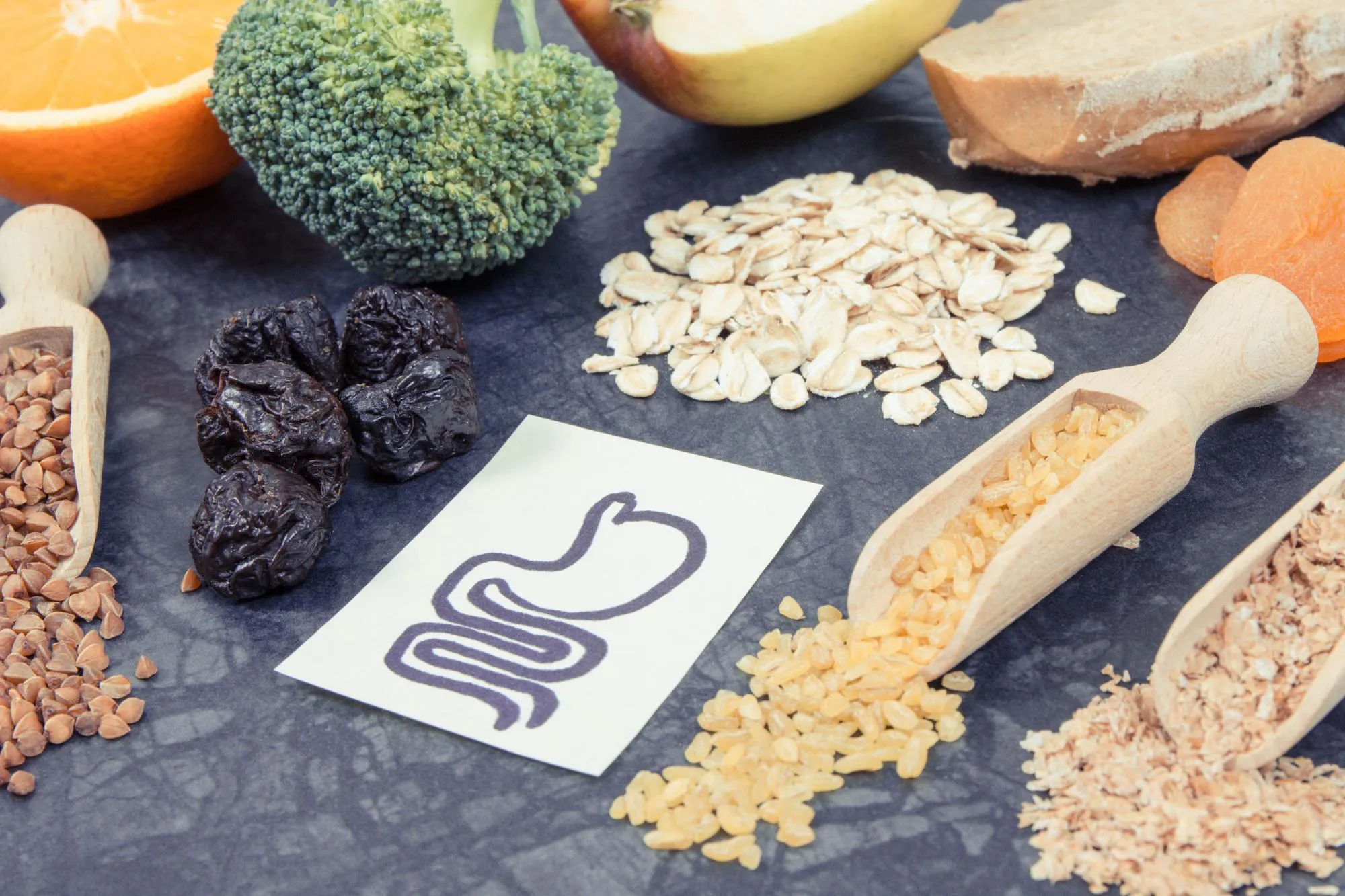Introduction
Botrytis cinerea, a common fungal pathogen, has been a persistent issue for farmers and food storage facilities worldwide, leading to significant food production losses and post-harvest decay. However, new research may soon transform this destructive force into a valuable asset in the field of biotechnology. A new study published in “Carbohydrate Polymers” sheds light on the functional intricacies of previously underexplored three-domain and four-domain endo-inulinases produced by B. cinerea, offering insights that could revolutionize our approach to using these enzymes for generating inulin-type oligosaccharides (IOSs) with applications ranging from plant and animal health to prebiotic production.
Keywords
1. Endo-inulinases
2. Inulin-type oligosaccharides
3. Carbohydrate binding domain
4. Botrytis cinerea enzymes
5. Inulin metabolism
In a groundbreaking study carried out by a team of researchers at KU Leuven in Belgium, unique multi-domain endo-inulinases were discovered in the notorious fungus Botrytis cinerea, renowned for causing devastating losses to food crops and stored produce. Their findings, detailed in their article “Insights into inulin binding and inulin oligosaccharide formation by novel multi-domain endo-inulinases from Botrytis cinerea,” published in the journal “Carbohydrate Polymers,” highlight the potential of these enzymes in revolutionizing the way we produce and utilize inulin oligosaccharides—sugars with significant health benefits (Versluys et al., 2024).
The Innovative Structure of Endo-Inulinases
Typically, endo-inulinases, the enzymes responsible for converting the polysaccharide inulin into shorter oligosaccharide chains, possess a two-domain structure. However, detailed genome mining has revealed the presence of three-domain and even four-domain endo-inulinases within the fungal kingdom, specifically within B. cinerea. These additional domains may alter the enzymatic kinetics and binding properties—important factors that play a pivotal role in the efficiency and specificity of inulin conversion. Previous studies have established the structure and function of two-domain fungal endo-inulinases (Van Arkel et al., 2012), but this research opens the door for a deeper understanding of the multi-domain counterparts (Versluys et al., 2024).
Research Methodology and Findings
The study carried out by Maxime Versluys and colleagues involved a comparative analysis of these three- and two-domain enzymes, shining a light on the mechanisms through which they produce IOSs from inulin. Applying Hill kinetics models, researchers observed a cooperative binding behavior in three-domain enzymes, which hinted at the N-terminal extension functioning as a carbohydrate binding module (CBM), a hypothesis confirmed by the different reactivity patterns compared to the more conventional Michaelis-Menten kinetics of two-domain enzymes (Versluys et al., 2024).
Advanced sugar docking approaches allowed the team to probe into the active sites of the enzymes, identifying subtle, yet significant differences in how endo-inulinases from Aspergillus niger and B. cinerea interact with inulin and its derivatives. These insights facilitate a better understanding of how the unique structures of the enzymes influence their function in substrate binding and product specificity. The team analyzed the IOS product profiles generated from a variety of purified inulins (GF6, GF12, GF16, and GF18), allowing them to further elucidate the action of these enzymes (Versluys et al., 2024).
Applications and Future Prospects
The implications of these findings stretch far into the realms of agricultural and pharmaceutical sciences. Inulin-type fructo-oligosaccharides, product derivatives of the enzymatic action of endo-inulinases, serve as priming agents for plant resilience and act as prebiotics, promoting beneficial microflora in animal gastrointestinal tracts. Therefore, a deeper understanding of the structure-function relationships in fungal endo-inulinases lays the groundwork for the development of superior enzymes. This, in turn, can lead to the production of specific IOS formulations with optimized functionality for enhancing both plant and animal health (Ferreira and Mota, 2019).
The research article notes that these advancements have the potential to convert the vast stores of inulins extracted from plant commodities such as chicory roots, Jerusalem artichoke, and agave into valuable oligosaccharides. As a result, these transformative processes could have a significant impact on creating added value for agricultural by-products and developing novel, health-promoting food ingredients (Patel and Goyal, 2012).
Additionally, by manipulating the binding and catalytic properties of these endo-inulinases, research and industry may unlock new methodologies for oligosaccharide production, leading to applications beyond those currently envisioned. The potential for creating tailored prebiotic formulations to target specific probiotic strains brings us closer to personalized nutrition and therapeutics (Franck, 2002).
Conclusion
The study represents a landmark achievement in the field of enzymology and biotechnology, promising enhanced welfare for crops and livestock through the naturally derived power of inulin-type oligosaccharides. With the commitment of researchers like Versluys and his colleagues at KU Leuven, we are a step closer to a sustainable future where even the most destructive of fungi can be harnessed for the collective good of society and the environment.
We can anticipate further research into the complexity and diversity of carbohydrate-active enzymes within B. cinerea and other pathogens, shifting the narrative from one of loss and destruction to one of innovation and creation.
References
1. Versluys, M. M., Porras-Domínguez, J. R., Voet, A., Struyf, T., & Van den Ende, W. (2024). Insights into inulin binding and inulin oligosaccharide formation by novel multi-domain endo-inulinases from Botrytis cinerea. Carbohydrate Polymers, 328, 121690. https://doi.org/10.1016/j.carbpol.2023.121690
2. Van Arkel, J., et al. (2012). “The unique active site of a nonfamily GH32 endo-inulinase allows for a strong regiospecificity.” Biochemical Journal, 445(2), 245-254. https://doi.org/10.1042/BJ20111894
3. Ferreira, S. S., & Mota, M. (2019). “Oligosaccharides: A Boon from Nature’s Desk.” AMB Express, 9(1), 203. https://doi.org/10.1186/s13568-019-0939-y
4. Patel, S., & Goyal, A. (2012). “The current trends and future perspectives of prebiotics research: a review.” 3 Biotech, 2(2), 115-125. https://doi.org/10.1007/s13205-012-0044-5
5. Franck, A. (2002). “Technological functionality of inulin and oligofructose.” British Journal of Nutrition, 87(S2), S287-S291. https://doi.org/10.1079/BJN/2002550
Declaration of competing interest: According to the authors of the study, there is no conflict of interest.
